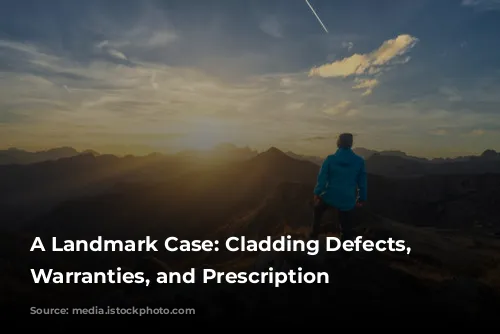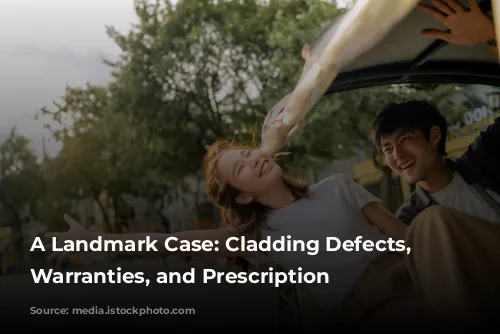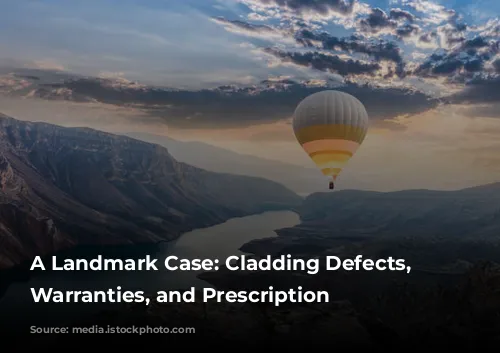This blog delves into a recent legal case that sheds light on how Scottish courts interpret the Prescription and Limitation (Scotland) Act 1973 (the “1973 Act”). The case, Leonardo Hotel Management (UK) Ltd v Galliford Try Building 2014 Ltd, involves a hotel with defective cladding and raises important questions about the legal limits for pursuing claims related to such defects.
Defective Cladding and the 1973 Act: A Complex Mix
At the heart of the case is the Leonardo Inn Hotel in Aberdeen, which was found to have problems with its cladding system. The hotel’s owner, Galliford Try Building 2014 Ltd (Galliford Try), and the architect, Building Design Partnership Limited, had given collateral warranties to the hotel’s operator, Leonardo Hotel Management (UK) Ltd (Leonardo), assuring them that the building met specific standards. These warranties guaranteed that the construction complied with their respective contracts.
However, years later, after the devastating Grenfell Tower fire, an inspection revealed the cladding defects. Leonardo, burdened with the cost of repairs under their lease agreement, initiated legal action against Galliford Try and the architect in 2021.
The Time Limit Trap: A 5-Year Window?
The defendants argued that Leonardo’s claim was time-barred, meaning it was filed too late. They based their argument on the 1973 Act, which sets a 5-year limit for bringing claims based on breaches of collateral warranties. They claimed that Leonardo’s loss occurred when they entered the lease in 2009, making their claim 12 years late.
Navigating the “Saving Provisions”: When Time Isn’t Everything
While the initial verdict seemed to favor the defendants, the judge, Lord Richardson, allowed the case to proceed to an evidential hearing. He recognized that Leonardo might be able to use the saving provisions of the 1973 Act to justify their late claim. These provisions provide exceptions to the time limits when certain conditions are met.
Leonardo had to prove either (a) that they were unaware of the defects and couldn’t have reasonably discovered them (section 11(3) of the 1973 Act) or (b) that the defendants’ actions or statements led them to believe there were no defects (section 6(4) of the 1973 Act).
A Battle of Facts: The Burden of Proof
Lord Richardson ultimately decided that Leonardo had a legal basis for both (a) and (b), granting them the opportunity to prove their case further. He ruled that:
- To be aware of the defects, Leonardo would have to know the objective facts of their loss. This includes understanding their repair responsibilities as lessees and that the property was defective.
- The defendants’ collateral warranties had statements that led Leonardo to believe the property was free of defects. This case highlights the significance of wording in legal contracts, especially when dealing with warranties.
The case continues to evolve, but Lord Richardson’s decision underscores the importance of fact-specific considerations in applying the 1973 Act. It also reminds us that the legal landscape in this area is dynamic and evolving.
The Road Ahead: A Journey of Uncertainty
The case will now move to an evidential hearing, where Leonardo will have to prove their claims. The outcome of this hearing will have major implications for how the 1973 Act is interpreted and applied in similar cases involving cladding defects and collateral warranties. This case is a reminder that the law is ever-changing, and the final outcome will likely shape legal practices and protections for both property owners and operators in Scotland.














